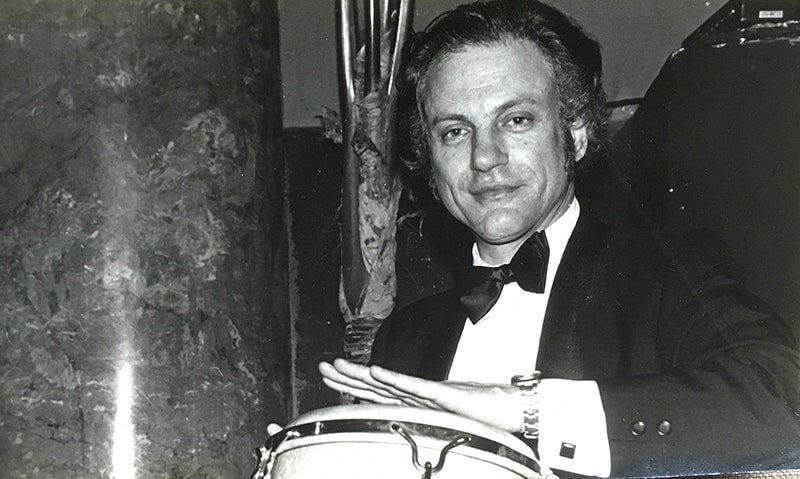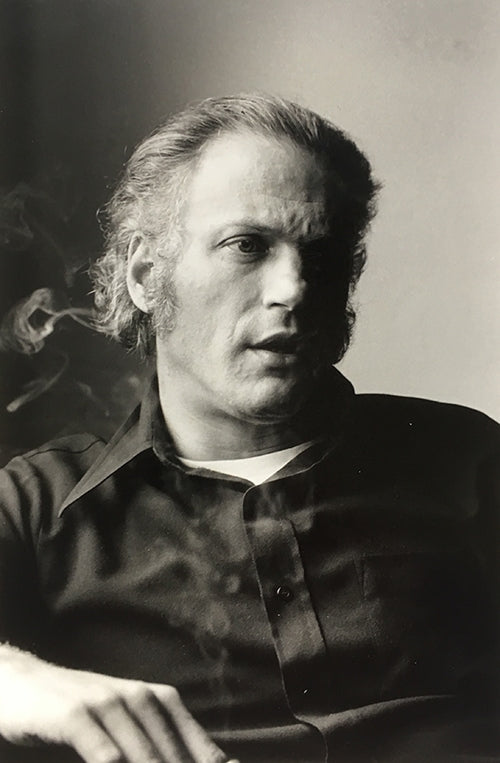Critics and reviewers, in general, are an oft-maligned bunch, and, some would say, rightfully so. The old saying, “Those who can, do, but those who can’t, teach” sometimes gets paraphrased to demean those arbiters of taste with whom we, or the subject of the criticism, disagree. Criticism of the arts, it must be remembered, merely reflects the opinion of the critic – too often it is received (or perceived) as the Gospel. I have long thought that all reviews, whether they be of artists or items, should be preceded by the disclaimer: “The following is the subjective opinion of one person and should not be taken as a reflection of objective reality.”
Rare is the critic who entertains, edifies, and doesn’t take him or herself too seriously. The late John Wasserman was such a writer. He reported on musical performances and other cultural events with a healthy dash of humorous cynicism and irreverence. For too short a career, Wasserman regaled those of us in the Bay Area with his wit and sharp opinions that were published in the San Francisco Chronicle.
John was the kind of critic who could make you laugh even while he was skewering one of your favorite artists, something that cannot be said about his successor at the paper. (I have no love for that guy.) A now out-of-print paperback compilation of many of John’s columns for the paper, entitled Praise, Vilification, and Sexual Innuendo, was lovingly produced by his sister, Abby, after his death at the age of 40 in 1979. Abby is herself a journalist, author, and interviewer, and she elicited wonderful stories from the many musicians, comics, writers, and local celebrities whose lives intersected with John’s. The introduction is preceded by laudatory quotes about him from Jay Leno, Clint Eastwood, Herb Caen, and others. The poet Michael McClure wrote a special tribute.
 Praise, Vilification, and Sexual Innuendo, book cover.
Praise, Vilification, and Sexual Innuendo, book cover.
John had many friends in the entertainment world. A lover of jazz, he knew Cal Tjader, Oscar Peterson, Bill Evans, and Toots Thielemans, all of whom had visited John and played in his living room. He even sat in on conga drums with Benny Goodman at a 60th birthday party for San Francisco icon Herb Caen.

To be expected along the way, he picked up a few enemies. His reviews rankled Jerry Lewis, Wayne Newton, Miles Davis, Chita Rivera, and Mel Tormé, among others. Ms. Rivera wrote and chastised him for using the term “ghastly” to describe the “immensely gifted” young men (her words) with whom she was performing, and implored him to look up the definition, as she felt that it more appropriately applied to his manners. His response was to write: “Look up ‘ghastly’ in the dictionary and it all becomes clear – a simple misunderstanding. Miss Rivera obviously thinks I was referring to this definition of ghastly: ‘Ghostlike; pale; haggard.’ Not at all. Her immensely gifted young men are, in fact, rosy-cheeked and well-rested in appearance. No wonder she took offense. But, in fact, the definition I was referring to was ‘Horrible; frightful.’” Ouch!
John’s columns often dealt with cultural events far afield of musical concerts. In 1976, he wrote about a bodybuilding competition featuring, among others, a young Arnold Schwarzenegger. This was well before Arnold’s film career would take off. John predicted great things for Arnold, and described the event as follows: “What he and the rest did on Saturday night was both bizarre and breathtaking. In individual performances that lasted no more than 90 seconds, each man contrived to exhibit, to a capacity house of 2,000 or so (at no less than $10 a person), every major muscle group in their body in a sculptured relief that has about as much in common with the average man’s body as does Michelangelo’s ‘David’ with Porky Pig.”
He reviewed adult films and comedy performances with the same humor and outrageousness. In writing about a live performance by porn star Marilyn Chambers, John said after she had become famous, she “hooked up with legendary sexologist Chuck Traynor (once Linda Lovelace’s favorite lozenge) and went on to conquer new worlds.”
I will explore further the life and writing of John Wasserman in Issue 157, but I’ll leave you with my favorite column of his (I actually saved the original newspaper clipping), a review of a concert by The Osmonds at the Oakland Coliseum Arena.
February 9, 1972
That review elicited a flood of hate mail, and some 50 adolescent girls picketed the Chronicle offices, wearing “I Love Donny” T-shirts and holding signs that said “I Hate John Wasserman.” As an aside, I was at that Who concert he mentioned and it was the first time I had ever thought a rock band was too loud – if I hadn’t been familiar with the songs, I would have lost my place in the aural hash that assaulted my ears.
All photos and excerpts reprinted by kind permission of Abby Wasserman. Header image photo by Sydney Goldstein.



